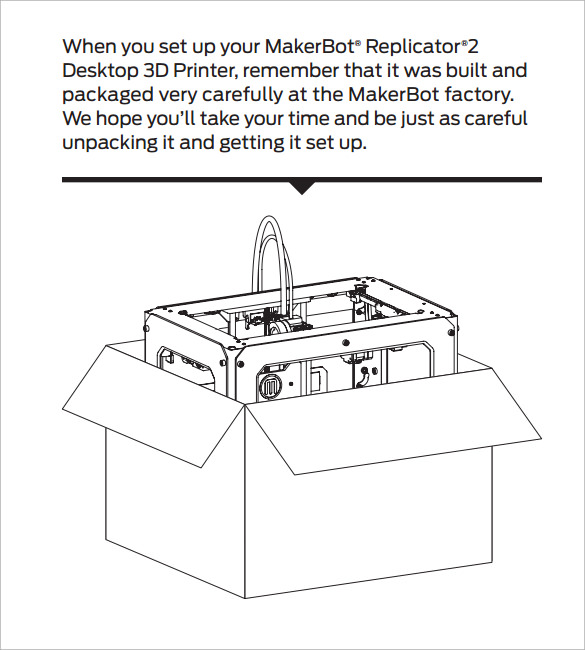

Under Resolution adjust the sliders to control the resolution and size of shapes and. Choose Spot Function, I choose round for this. I change the colors all to zero, I only want black.

Dividing by 7 gives about 30 per jump.Įnter 0,0,0 on the website I linked and copy the HEX code, then paste that code in the gimp color picker field referenced here previously finally click the fill bucket in the bottom (solid black) outlined part.Įnter 30,30,30 at the website, copy the hex value over to gimp color picker, then use the bucket on the next one.ĥ.) (not specified in initial conditions and requirements, outlining the individual shapes) Select-> B圜olor : then select (holding shift to maintain previous selections after the first one) each of the pieces as they are still each a solid color (shade of gray)Ħ.) Select -> Grow: new dialog pops up and I choose the thickness of the line I want around each pieceħ.) Make a new Layer, set it behind the one with the object, and ensure that it is selected (not the image part just working on) (this is strange, everyone had dialog boxes open that I did not so I had to google, too much information for my particular situation: if you have similar problems google 'how to access the BLAH BLAH", applies to all guides I suppose)Ĩ.) using the color black and the bucket tool again, click on one of those shapes and the 'background' will fill with black, leaving the grown edges exposed.ĩ.) return to first layer with pieces and using shift select all pieces and activate the newsprint featureġ0.) Filters -> Distorts -> Newsprint: this brings up a new dialog box, Many things to decide here but it's the last step aside from saving your file : )

Having 8 places to assign varying shades to I limit my range to 80% total (so the top is not blank white and is visible). Then I decided to make the top section at 20% darkness. Next steps involve selecting a color and then applying it, this was done as follows:ģ.) (open the color selector) Windows → Dockable Dialogs → Colors: in this window in the lower right is an empty field, if you click on the color pallet shown (might have to enlarge the window by dragging a corner) that empty field will be replaced by a hex value which represents the color you will be filling with when you sue the paint bucket.Ĥ.) Open a website that converts given grey levels into hex code Select the Pouring Paint Bucket (fill tool) from that toolbox MY SOLUTION (works for my image, see attached 8kb pdf or 18kb inkscape svg image):ġ.) in gimp 2.8.22 use Filters -> Edge Detection: algorithm set to LaplaceĢ.) (activate toolbox) Tools -> New Toolbox So based on that, and regardless of the machine can someone tell me how to identify the color used in each part and then turn that color into a particular pattern of dots where I assign values for both resolution (dot size) and dot density (how "dark" or "black" a color will become)? CHANGING SOLID COLORS IN A LOGO INTO SPECIFIED SHADES OF GRAY USING GIMP.


 0 kommentar(er)
0 kommentar(er)
